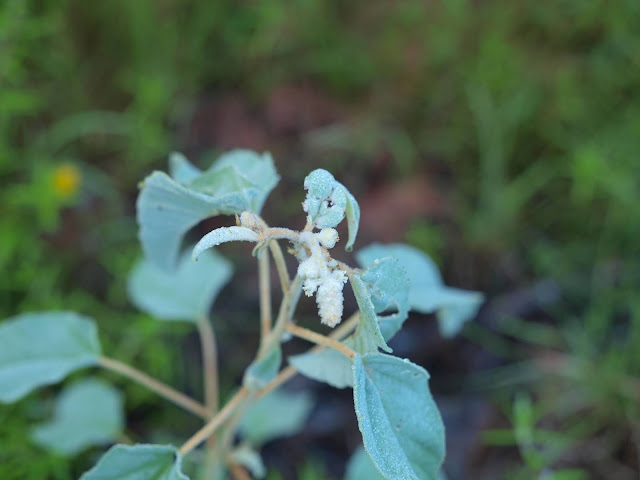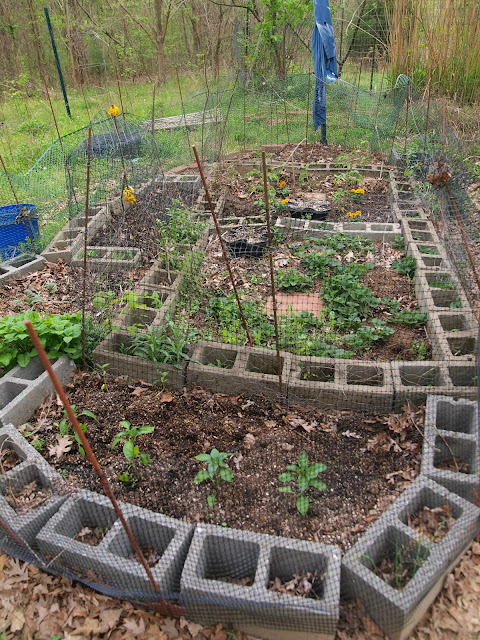Onions have seeds, saving seeds from biennial onion plants
Do onions self-pollinate? Yes, they do.
This is a dried onion flower, with tiny pods full of black seeds. Onions are biennials, which means they take two full years to grow. The first year they grow a 'green onion' stem and a tiny onion bulb under the soil. When they first sprout they can look only like a tiny green 'hair' sticking above the soil. That hair will get thicker and thicker as it stores energy in the onion bulb underground. The second year, if they are left to their own devices, they could send up a tall stalk with a flower, like the one seen below.
Alliums are also in the onion family, and are grown specifically for their flowers. While alliums come in many colors, this plant shown was a 'seedling onion set' that had been stolen by the birds, and moved to another part of the garden. When it sent up this pretty white flower among the hosta plants - I knew I was dealing with something different.
By June the 10th, the tiny white bulb I had seen on the end of an 'onion' stem had separated into a lot of tiny white flower bulbets. I began taking pictures of it, to watch how they unfolded.
June the 12th several more of the flowers opened, one by one. I saw bees visiting the flower and began to look up if it would produce viable seeds. Every site said yes - if enough bee activity happens on the flower, or you hand-pollinate, it will produce loads of tiny seeds.
You just have to keep an eye on it, and be ready for it. When it has dried out entirely, the little seeds will drop out. This last flower picture was taken on June the 16th, and half of the flowers had opened. The bees were still actively enjoying it.
On June the 30th, I noticed that the flowers had withered. There were several green 'pods' had appeared throughout the head. I also noted that the long green stem that led up to the head had become a little 'slack', as if it was drying out as well. I cut the now slightly dry stalk with a scissor and tied the head of the onion flower into a paper bag, tied with a twist-tie, to keep the flower head from touching the sides of the bag. I wrote the date and placed the bag in a high, dry place.
In the meantime, I pulled out not one, but two onion bulbs from the place when weeding around the hostas. They were typical white onions, smelled very fresh, and we used them in a pot of chili for dinner.
Today is thirty days since I placed the flower head in the bag - and it was time to check if we had seeds. Yes! In some of the little podlets, shown at top and below beside the flower head, there were three to six little hard black seeds. If I process the entire head, it will be a decent amount of seed to try in a raised bed next year.







Comments
Post a Comment